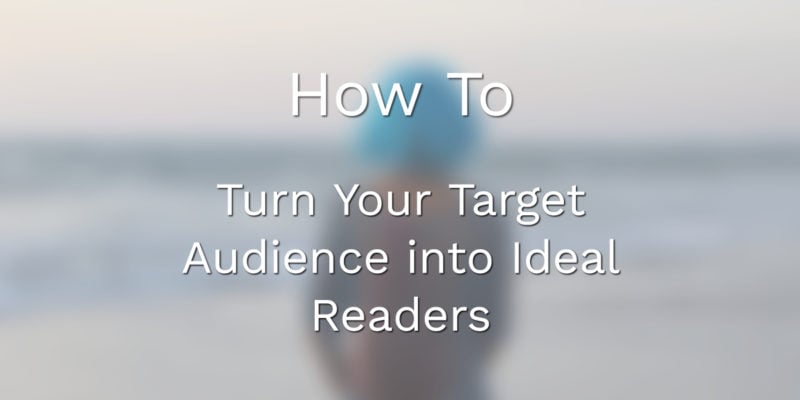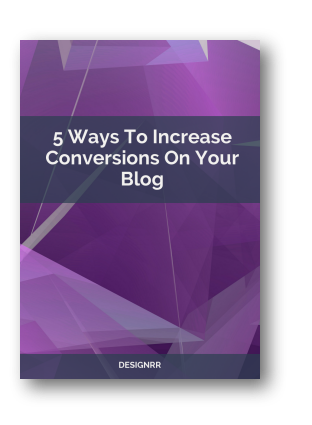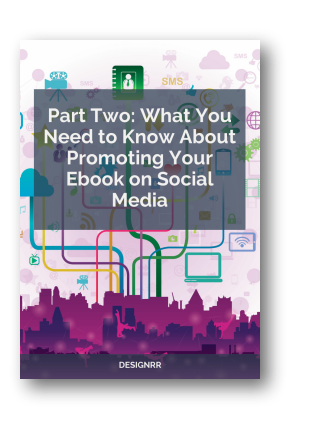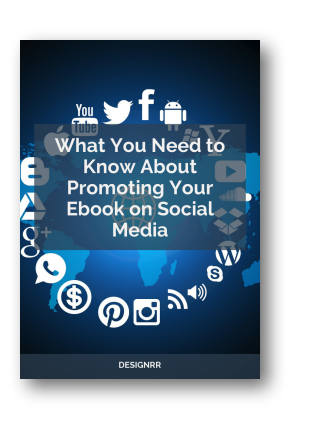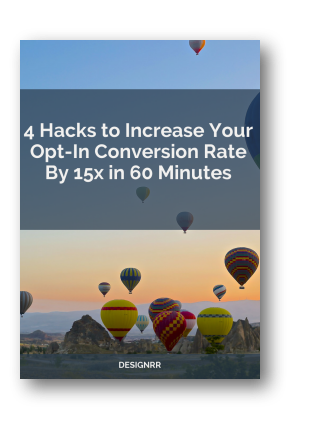The concept of a content marketing funnel stands out as a critical strategy. This process, encompassing various stages – from the initial awareness to the final decision to purchase – hinges on the careful selection and use of different types of content. At every stage of this funnel, from the top to the bottom, the content crafted plays a pivotal role in guiding potential customers through their stage of the buyer’s journey.
According to Forrester, on average, a consumer uses 11.4 pieces of content before making a purchase decision. The decision could include comparing several products. A consumer goes through a long process of comparing different products before making the final choice. Some ask for opinions from friends, read reviews, or read blog posts.

According to a 2018 study by HubSpot, 61% of marketers consider promoting traffic and lead in promoting their products. Most people who come through the traffic do not come to purchase but to get more information. With a strong content marketing funnel, there will be a higher return on your content. Which business does not want higher ROI for their digital marketing efforts?
In this article, we will look into:
- What is a content marketing funnel?
- Why do you need to create a content marketing funnel?
- Audience-oriented funnel creation
- Creating successful content
- What to do once a customer has completed your funnel
What Is Content Marketing Funnel?

The content marketing funnel is a system that introduces new leads to your business through different types of content. The leads are progressively converted to possible customers through funneling by providing more content.
The stage of the content marketing funnel can be split into three categories, each with different features;
- Top of the funnel (ToFu). Focusses on brand awareness and increased site traffic to grab attention.
- Middle of the funnel (MOFU). Focuses on lead generation and nurture. The content informs and educates customers.
- Bottom of the funnel (BOFU). It is personalized and product-focused. It is aimed at getting conversions on the product or service.
Top of the Funnel (ToFu) – The Awareness Stage

What is top-of-funnel content (TOFU)? The stage is concerned with capturing the customer’s attention. Providing value content like answering questions or information on how it solves customer problems is needed.
The information helps in creating brand awareness. It can be shared on different social media platforms for more attention.
- Beyond just capturing attention, the top of funnel content stage plays a crucial role in setting the tone for your brand’s relationship with potential customers. It’s about creating a first impression that resonates.
- Content at this stage should not only be informative but also engaging and shareable. It’s about sparking interest and encouraging further exploration. Think of content that addresses common questions, offers insightful industry analysis, or shares compelling narratives about your brand’s values and mission.
- The role of social media in amplifying ToFu content is vital. Each platform offers unique ways to engage different audience segments. For instance, visually rich content might perform better on Instagram, while in-depth articles could gain more traction on LinkedIn.
Middle of the Funnel (MOFU) – Nurturing and Consideration Stage

What is middle-of-the-funnel content (MOFU)? The content helps convert site visitors to sales leads. After getting some value from you, it is necessary to convert them to actual leads.
This can be done by enticing an offer in exchange for permission to contact them. Via email so that you can nurture, build a relationship, trust, and rapport with your customers.
- MOFU is critical in building a deeper connection with your audience. It’s not just about generating leads but about educating and nurturing them.
- The content here should start bridging the gap between the customer’s needs and your solutions. It should be more detailed, offering insights, how-tos, and thought leadership that positions your brand as a knowledgeable and trustworthy entity.
- Personalization becomes key in MOFU. Using data insights to tailor your content to address the specific interests and pain points of your leads can significantly enhance engagement.
Bottom of the Funnel (BOFU) – Decision Stage

What is bottom-of-funnel content? BOFU convinces leads to buy your products or service. Once you have nurtured the leads, it’s time to convert them to actual customers.
- BOFU content is your closer. It’s where you make your case directly to your leads, showing them why your product or service is the solution they need.
- Testimonials, case studies, product demos, and detailed product information are powerful tools at this stage. They provide tangible proof of the value you offer.
- This stage requires a careful balance between persuasive and informative content. It’s about addressing final objections and facilitating the decision-making process.
Why Care About Creating a Content Marketing Funnel?
A study by Kapost indicates content marketing increases 3X more leads per dollar spent when compared to paid search. Why is this possible? Creating blog content is the best kind of SEO you can do.
Effective content marketing strategy brings more indexed pages, more backlinks, which promote your brand-awareness growth through word of mouth.
A study by Content Marketing Institute says content marketing rakes in conversions rates 6X higher than other methods.
Here’s a recap on why you should use content marketing:
- The content funnel isn’t just a marketing tool; it’s a reflection of the modern customer’s journey. In a digital age where information overload is common, a well-structured sales funnel helps cut through the noise and deliver the right message at the right time.
- Integrating SEO into content marketing isn’t just about driving traffic; it’s about ensuring that each stage of the funnel is visible and accessible to those seeking solutions that your business offers.
- The emphasis on organic search traffic and reduced reliance on paid ads isn’t just cost-effective; it also builds a foundation of credibility and trust with your audience.
Start With the Audience in Mind

As a content marketer, before you start your content creation process, you first need understand the target market and build a funnel that suits their needs. Use ideas like
- What problems are people facing that your business can solve?
- How can you make their lives easier?
- What questions can your business answer?
Why Is It Useful?
First, understand the day-to-day challenges of your target customer. For instance, a 30-something stay-at-home mom has different struggles from a 50-something stay-at-home mom.

Here’s an example, the target audience for Designrr video transcription software is a YouTube influencer who is struggling to rank their video. To solve this, this person started transcribing their videos to help with his SEO on YouTube. But he needed accurate transcription and post it on his blog and imported the transcripts to his YouTube video. With a better accurate transcription, Google has been able to identify the type of content he is producing, and started to get more views both on Google Search and YouTube,
Learn more about how you can create a buyer persona to help your business grow.
Creating Successful Content
Pay close attention to;
- Research content
- Find influencers
- Write
Research popular content (learn from the success of others)
After understanding what your target audience needs, you will know the type of content they prefer. You can use BuzzSumo to search for content over the Content Research> Content Analyzer tab.
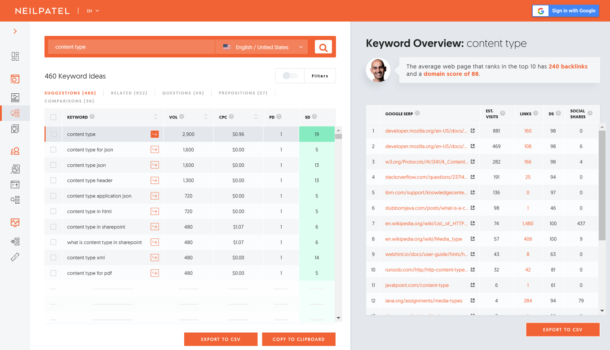
For success, you must engage in social content. The social engagements indicate interest, which makes results useful to the audience. You can also try and create content that focuses on information previous articles have missed on the topic.
Search for the top influencers in your topic
Find top influencers in your topic and what they are saying about your topic. On BuzzSumo, search under the Influencers tab.
Search Bios show popular influencers interested in your topic and export the list.
Search Content Shared gives a list of popular people who recently shared content about your topic, which will get people’s attention. By sharing, your content reaches people who have never heard or read your blog.
How to Create an Effective Content Marketing Funnel That Converts

Create high-quality content that will be noticed by people.
1. Top of the Funnel
The main aim of ToFu content is to capture attention. The content reaches many people who may become potential customers. Here are the best types of content to create in this funnel stage:
- Content curation: also called clicking on the Share Button. With social media, content curation helps in sharing high-quality content on many pages. Avoid low-quality content which can be flagged as spammy. Just as a museum curator selects artworks, a digital curator selects high-quality content to share across social media platforms. This method reaches a broad audience and establishes your brand as a thought leader. However, it’s crucial to maintain a high standard; low-quality content can damage your brand’s credibility.
- Blog posts: Blogs are the cornerstones of ToFu content. They showcase your expertise and significantly boost your SEO efforts. To maximize their reach, consider incorporating elements that encourage sharing, like intriguing headlines, compelling narratives, and eye-catching visuals. Additionally, integrating user-generated content or industry insights can increase the value and shareability of your blogs.
- Videos: In the era of short attention spans, videos are powerful tools. They offer an engaging way to present information and can be particularly effective when explaining complex concepts or showcasing product demos. Remember, quality matters – a well-produced video can significantly boost your brand’s image.
- Podcasts: With the rise of audio content, podcasts have become a key player in content marketing. Consider repurposing your high-performing blog posts into podcast episodes. This not only reinforces your message but also caters to an audience that prefers audio content. Additionally, podcasts offer a more personal way to connect with your audience, as they feel like a one-on-one conversation.
2. Middle of the Funnel
In the middle of the funnel, the type of content must be educational. Your audience applies knowledge in this content and gets some quick win.
The main goal of this content is to capture some contact information from users. Through this, you will nurture a relationship with time, which develops the bottom of the funnel. You can get the email details of the customer for Lead Magnet and give them information.
It is a win-win situation. Your business gets leads while the customer gets more information on products or services.
Note: since the EU began enforcing the GDPR regulations, ensure you read on the best practices for email lead capture.
Popular types of content in this funnel includes:
- White papers: White papers are the academia of content marketing. They offer in-depth insights and often include data and statistics to back up claims. When done right, they can position your brand as a thought leader and a reliable source of information.
- Case studies: Case studies are storytelling tools that showcase your product’s success. They’re more than just data; they tell a story of a problem and how your product provided a solution. A well-written case study helps potential customers visualize how your product could work for them.
- Free guides or eBooks: Think of these as your ‘how-to’ manuals. They should offer practical advice and actionable tips. Remember, the key to a successful guide or eBook is relevance – it should address a specific problem or need of your audience.
- Worksheets: These are interactive elements that complement your guides or eBooks. They encourage readers to apply what they’ve learned. By providing worksheets, you’re not just giving information; you’re offering tools for transformation.
- Lead Magnets: Offer something immediately valuable to your audience. A lead magnet could be a free download, a cheat sheet, or a webinar sign-up that provides immediate benefits, encouraging visitors to leave their contact information.
Tip: You need something that will bring value right away with a lead magnet. Kinda like this example:
Free Download: Skyrocket your conversions with these super hacks. Grab your copy of the 4 Hacks to Increase Your Opt-In Conversion Rate By 15x in 60 Minutes in PDF.
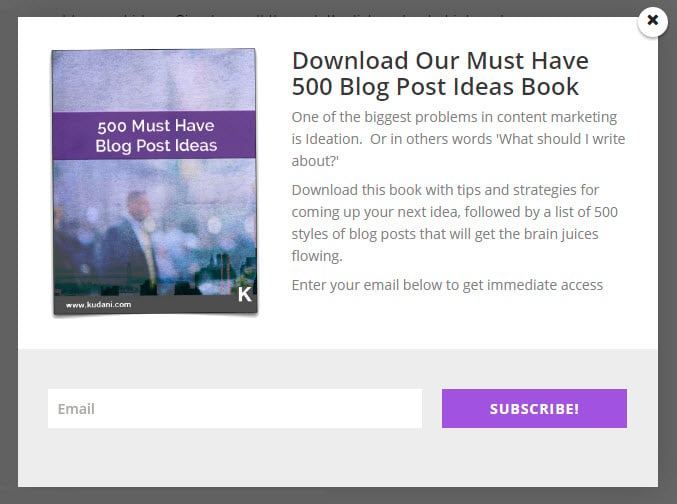
3. Bottom of the Funnel
The bottom of the funnel content is personal. It aims at bridging the gap between free value and your paid product offering. The content is best delivered through email autoresponder sequences. It can be sent to people who provide their email to the Lead magnet described above.
Email sequences connect dots between the original problem and the solution your product is offering. Once the customer is satisfied, you can ask for the sale. You can use how-to create winning CTAs to get useful ideas for email sequences.
If you intend to use some of the MoFu content, make it interactive and personalized to the customer. The best content in this stage is the demos. The natural progression will come for your product.
Other popular example of content you’ll need should include:
- Demos: Demos are the grand finale of your winning content marketing strategy. They should showcase the best aspects of your product and how it solves the customer’s problem. Make sure they are easy to understand and highlight key features and benefits.
- Testimonials and Reviews: These are your success stories. Sharing testimonials and reviews builds trust and credibility. Try to include diverse stories that cover various aspects of your product or service.
- Webinars and Advanced Classes: These provide an interactive platform to engage with your audience. They can be used to address specific questions, provide advanced training, or showcase product updates.
- Discount Codes: Everyone loves a good deal. Limited-time offers or exclusive discounts can create a sense of urgency and encourage prospects to make a purchase.
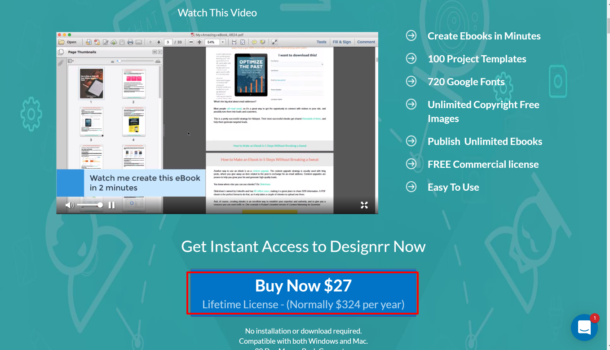
When your content marketing funnel does not end in converting audience to customers, your business has failed in its marketing strategy.
What to Do After Converting Your Audience to Actual Customers

In most cases, the customer’s journey ends after the sale. Restart the process and keeping the cycle flowing for retention.
When customers are satisfied with the process and the product, they will most likely recommend you to their friends, family, and other people. You can create a simple process that lets the customers do work for you. These ways include:
- Exclusive Content for Sharing: Develop high-quality, exclusive content that your customers would be excited to share with their networks. This could include insider tips, advanced tutorials, or early access to new products or features. The key is to make this content valuable enough that sharing it feels like a privilege.
- Referral Incentives: Implement a robust referral program. Offer tangible rewards for customers who refer new clients, such as discounts, loyalty points, or exclusive services. Make the referral process easy and trackable, ensuring that both the referrer and referee feel appreciated.
- Free Trials or Samples for Friends: Encourage your customers to spread the word by offering free trials or samples they can give to friends. This approach not only delights your existing customers but also brings in potential new customers who can experience your product or service without any initial commitment.
- Customer Feedback Loop: Regularly seek feedback from your customers. Use surveys, feedback forms, or even direct conversations to understand their needs and preferences. Show that you value and act on their suggestions, which can lead to product improvements and enhanced customer satisfaction.
- Exceptional Customer Support: Maintain a high standard of customer service even after the sale. Prompt, helpful, and empathetic responses to inquiries or issues can transform a one-time buyer into a loyal customer. Consider offering support across various channels – including phone, email, social media, and live chat – to cater to different preferences.
- Loyalty Programs: Develop a loyalty program that rewards repeat purchases and engagement. This could include points, special member discounts, or rewards on customer anniversaries. A well-structured loyalty program can turn occasional buyers into regular ones.
- Personalization and Customization: Use customer data to personalize your interactions. Tailor your communication, offers, and product recommendations to their preferences and purchase history. Personalization shows customers that you recognize and appreciate their unique needs and choices.
- Community Building: Foster a sense of community among your customers. This could be through online forums, social media groups, or customer events. A strong community not only enhances brand loyalty but also encourages peer-to-peer interactions and recommendations.
- Educational Workshops and Webinars: Offer educational content that helps customers get more value from your products or services. Workshops, webinars, or online courses can deepen their understanding and increase their engagement with your brand.
- Regular Updates and Communication: Keep your customers informed about new products, services, and company news. Regular, valuable communication keeps your brand top-of-mind and can stimulate repeat purchases.
Businesses that offer excellent services are highly talked on social media, which is great for fueling the top of the funnel.
Conclusion
Building a content marketing funnel demands not just time and discipline, but also a deep understanding of your audience’s needs and behaviors. Remember, the essence of effective content for each stage is not in its complexity but in its ability to resonate with your audience at each stage – from initial awareness to final purchase, and beyond into brand loyalty.
To truly excel, focus on creating content type that not only attracts but also educates and convinces your audience. Leverage the power of SEO to ensure the content you create reaches its intended audience. Integrate analytics to measure performance and continuously refine your approach based on real-world data. Be adaptable and ready to embrace emerging trends and technologies that can enhance your content strategy.
Finally, remember that the end goal is not just a sale but the cultivation of a lasting relationship with your customers. Encourage them to become not just repeat buyers but also enthusiastic brand advocates. Your content marketing funnel is a dynamic tool – let it evolve with your business and your audience. By doing so, you will not only achieve better results but also establish your brand as a trusted and authoritative voice in your industry.
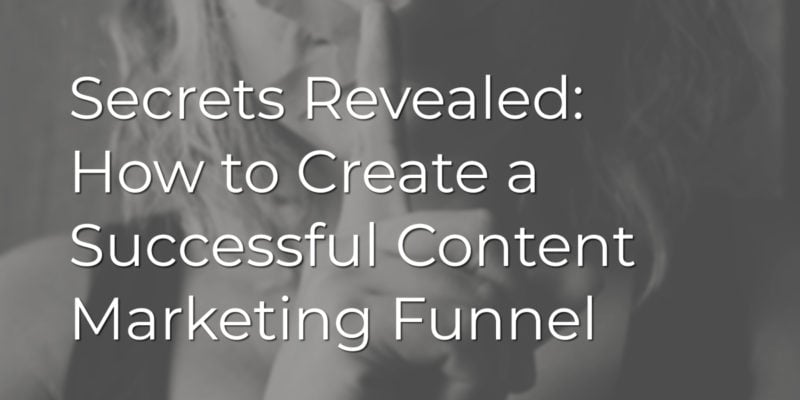

![A Full Guide to Buyer Persona + [Template]](https://designrr.io/wp-content/uploads/2019/11/A-Full-Guide-to-Buyer-Persona-Template-800x400.jpg)
